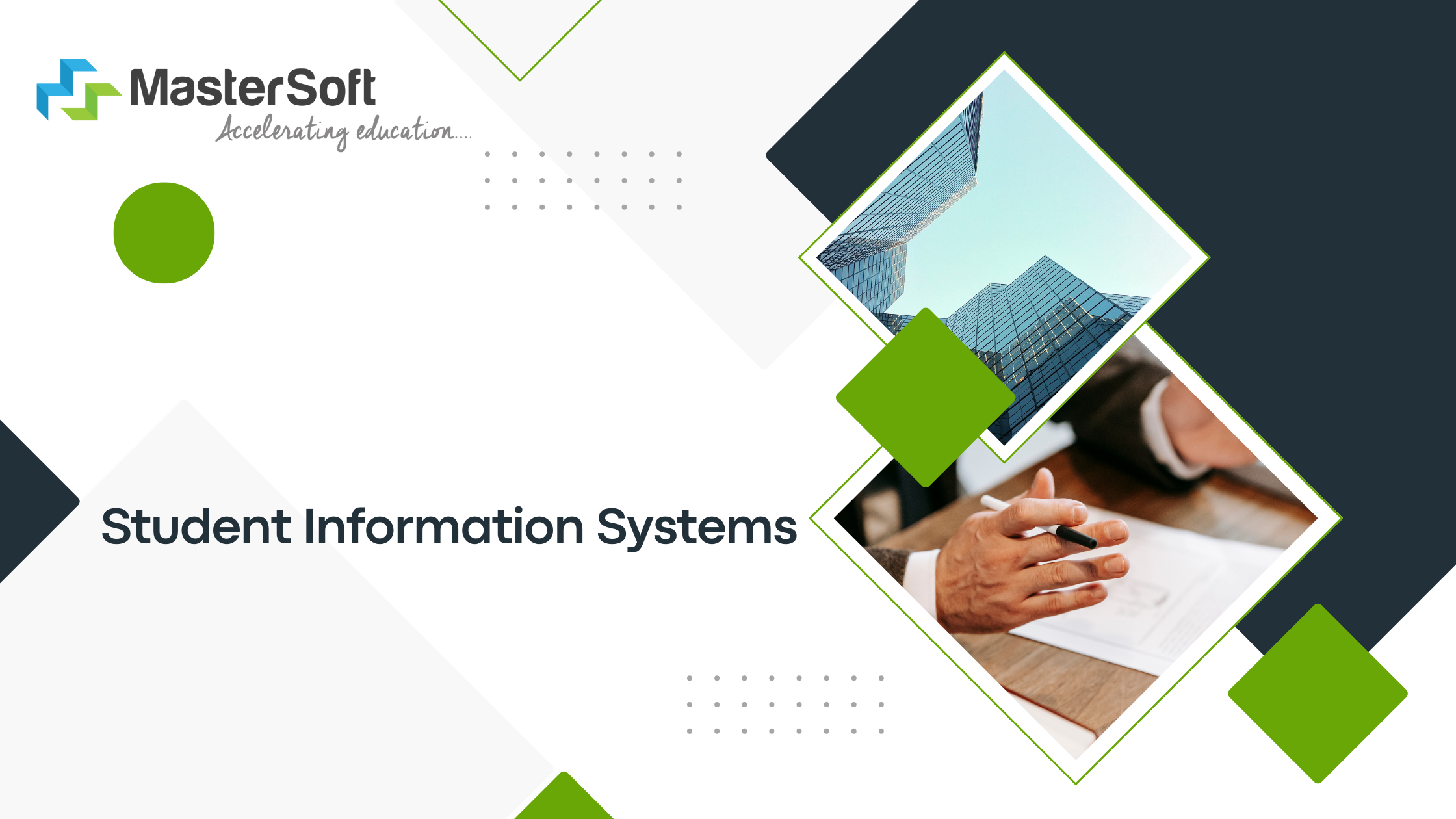Importance of Evaluating Scalability in Student Information Systems for Growing Institutions

Strong 8k brings an ultra-HD IPTV experience to your living room and your pocket.
As educational institutions evolve, their technological needs expand alongside increasing student populations, diverse programs, and complex administrative processes. A Student Information System (SIS) is a vital tool for managing student records, academic data, and institutional operations. However, its true value lies in scalability — the ability to adapt and grow with the institution. This article delves into the significance of scalability in SIS platforms and how institutions can choose systems that foster sustainable growth.
Understanding Scalability in a Student Information System
Scalability refers to the capacity of a system to handle an increasing workload without compromising performance. A scalable SIS is designed to:
Efficiently manage larger student bodies
Integrate additional campuses and online learning environments
Adapt to evolving educational structures and technologies
This adaptability ensures a smooth operational flow regardless of how much the institution expands.
Why Scalability Matters for Growing Institutions
1. Managing Larger Student Populations
As enrollment increases, a scalable SIS seamlessly handles the surge in data management, including registrations, attendance, and grades, without performance slowdowns.
2. Supporting Multi-Campus Operations
Institutions with multiple locations need unified systems. Scalable platforms allow administrators to centralize data access and oversee operations from any campus.
3. Enabling Curriculum Evolution
Adding new programs, electives, or hybrid learning models demands a flexible system that can be updated without requiring costly customizations.
4. Streamlining Complex Administrative Functions
Growth often complicates administrative tasks. Scalable systems simplify processes such as fee collection, report generation, and compliance tracking.
Core Benefits of a Scalable SIS
1. Long-Term Cost Savings
A scalable system reduces the need for frequent replacements. Institutions save money by investing in technology that grows with them rather than constantly upgrading outdated solutions.
2. Performance Stability During High-Demand Periods
Scalable SIS platforms maintain reliable performance during peak times, such as admissions and grading, preventing bottlenecks and downtime.
3. Future-Proof Technology Integration
A scalable system can accommodate future technological advancements, enabling institutions to remain competitive and innovative.
4. Better User Experience
Students, teachers, and administrative staff benefit from fast, intuitive systems that perform well even as institutional demands increase.
Essential Features of a Scalable Student Information System
1. Cloud-Based Deployment
Cloud infrastructure enables seamless scaling of data storage, processing power, and user access without expensive hardware investments.
2. Modular Architecture
A modular system allows institutions to add or remove features as needed, ensuring flexibility and cost efficiency.
3. Robust Data Management
Efficient data retrieval, secure storage, and detailed analytics are crucial for handling large-scale student information.
4. Advanced Security Measures
Scalable systems should include features like encryption, role-based permissions, and regular backups to safeguard growing data volumes.
5. Seamless Integrations
A scalable SIS should integrate smoothly with Learning Management Systems (LMS), financial software, and other institutional tools.
Challenges to Scalability
1. Transitioning from Legacy Systems
Moving from outdated platforms to scalable solutions requires careful data migration and integration planning.
2. Training and Adoption
Staff and faculty may need training to utilize the full capabilities of scalable systems effectively.
3. Initial Investment
While scalable systems may have higher upfront costs, they offer significant long-term savings and value.
How to Evaluate Scalability
1. Assess Growth Potential
Consider projected enrollment, new programs, and additional campuses to select a system that matches these growth plans.
2. Test System Performance
Request a live demonstration or test environment to evaluate how the system performs under high workloads.
3. Check Integration Capabilities
Ensure the SIS integrates with existing systems like LMS platforms and finance management tools for streamlined operations.
4. Investigate Vendor Support
Choose a vendor with a strong reputation for scalable technology and responsive customer service.
Long-Term Benefits of a Scalable SIS
1. Adaptability to Change
Institutions can quickly adapt to new educational models and administrative needs without extensive overhauls.
2. Data-Driven Insights
Scalable systems offer comprehensive analytics to improve decision-making in enrollment, performance tracking, and resource allocation.
3. Operational Efficiency
Automation of repetitive tasks frees staff to focus on strategic initiatives and personalized student engagement.
4. Competitive Positioning
Institutions equipped with scalable technology are more agile and better positioned for future growth.
Conclusion
A scalable Student Information System empowers educational institutions to manage expansion effectively and meet future challenges. By prioritizing scalability, institutions can streamline their operations, reduce costs, and ensure long-term success in a rapidly evolving educational landscape.
Note: IndiBlogHub features both user-submitted and editorial content. We do not verify third-party contributions. Read our Disclaimer and Privacy Policyfor details.




